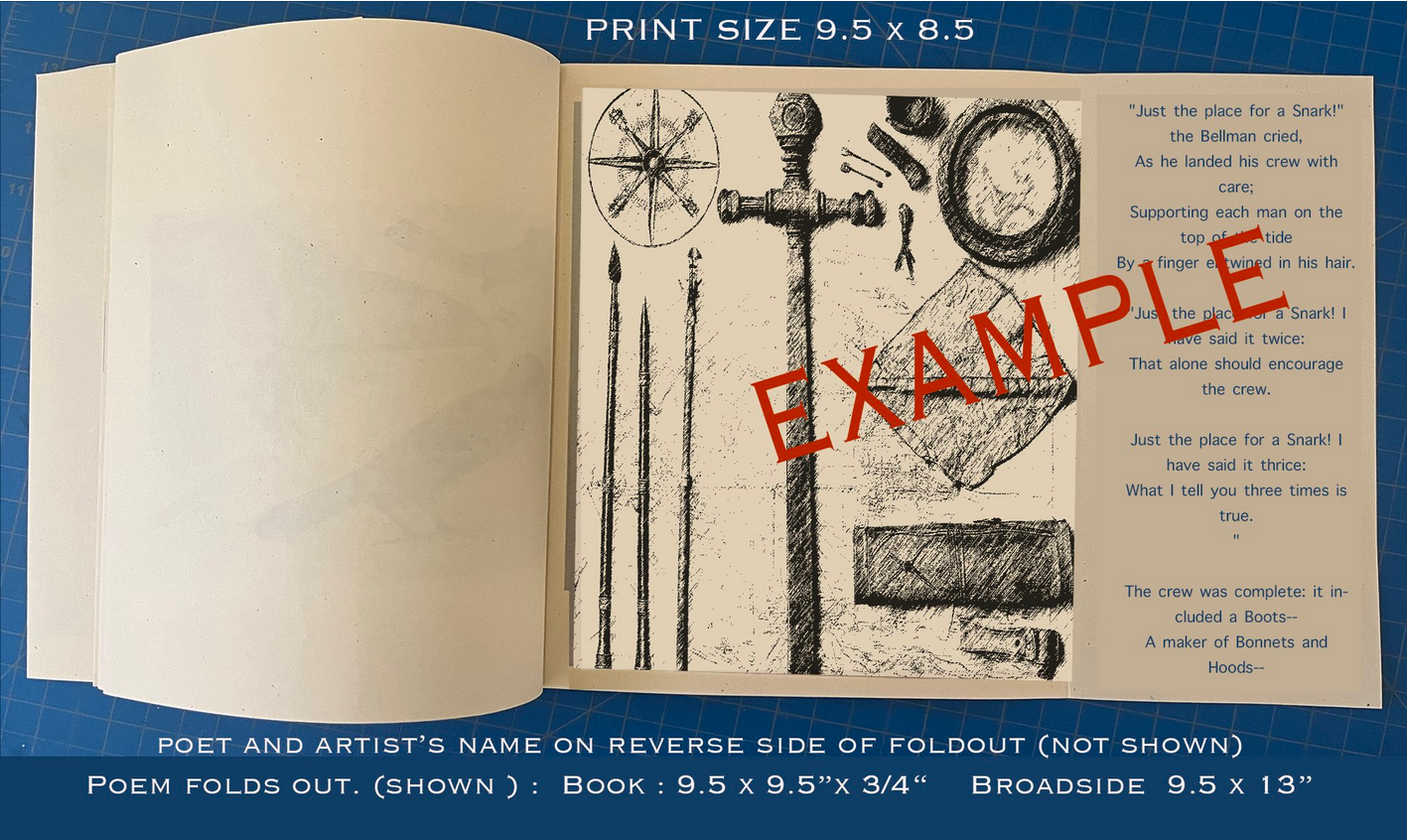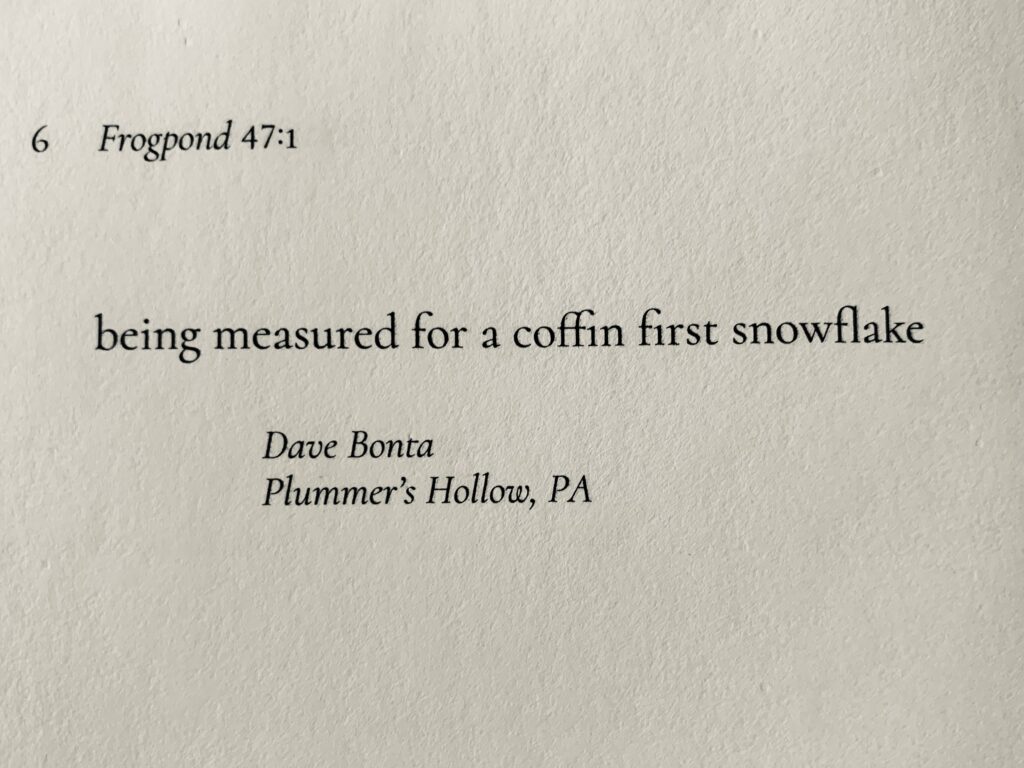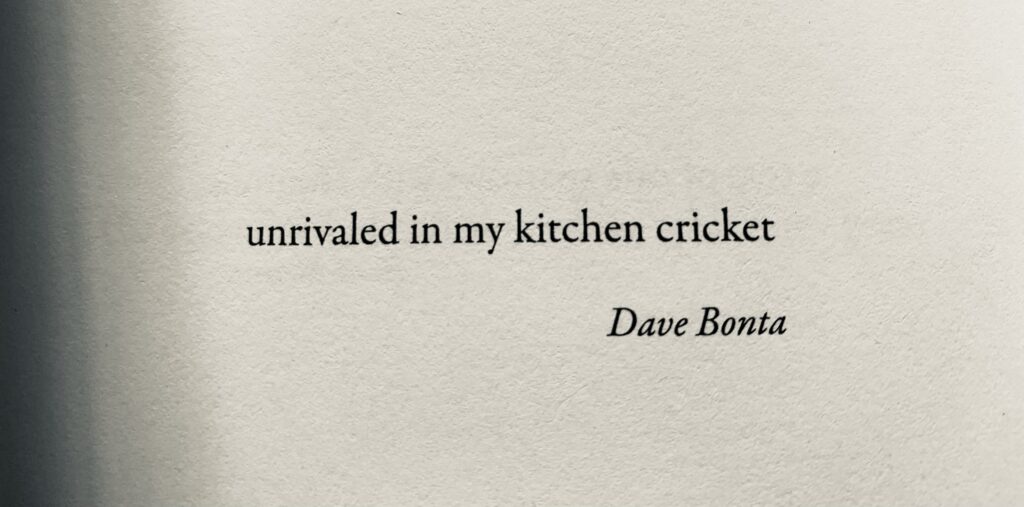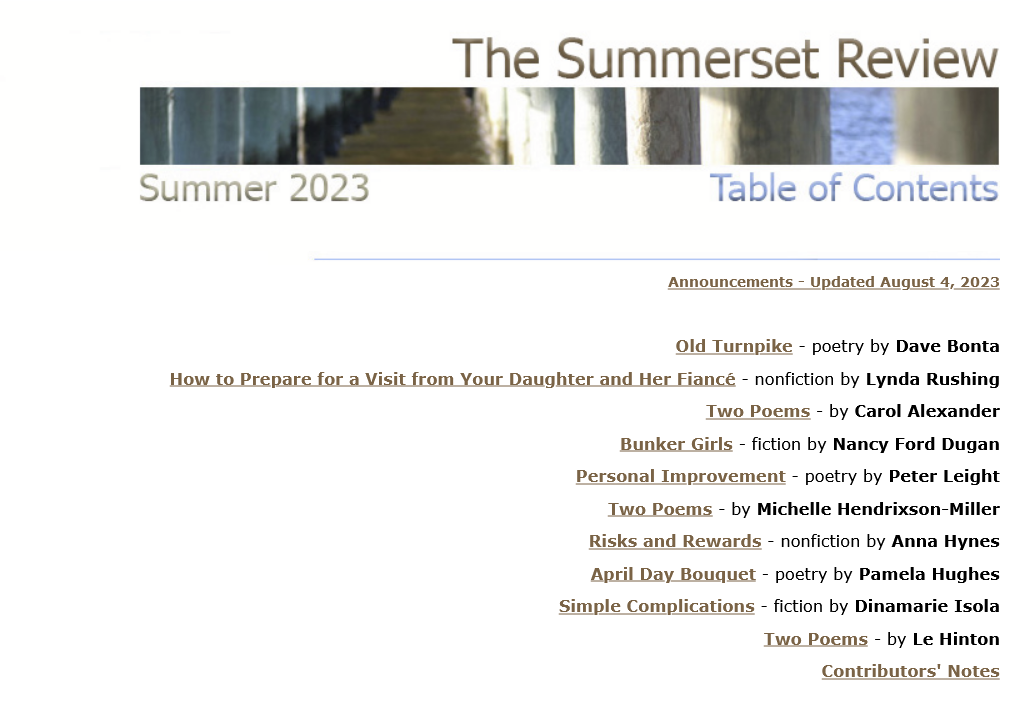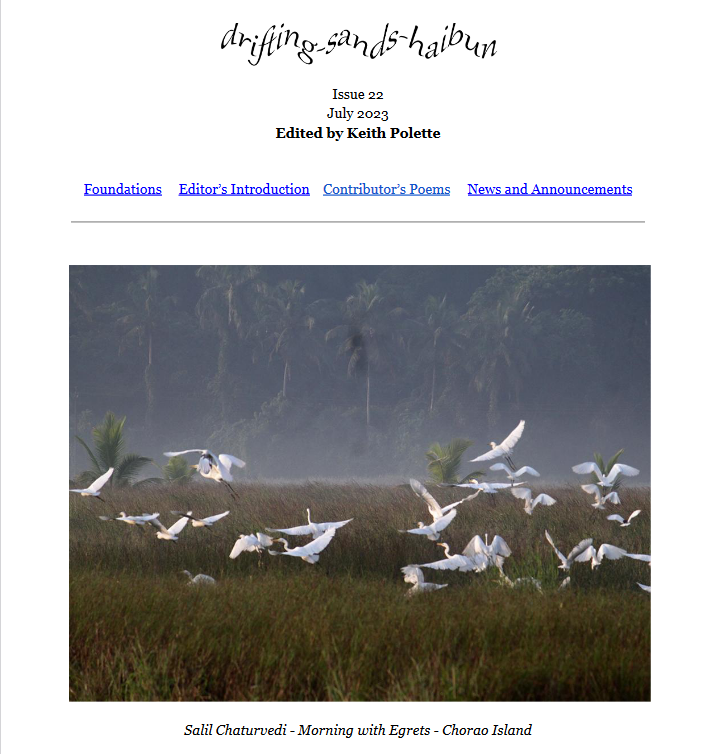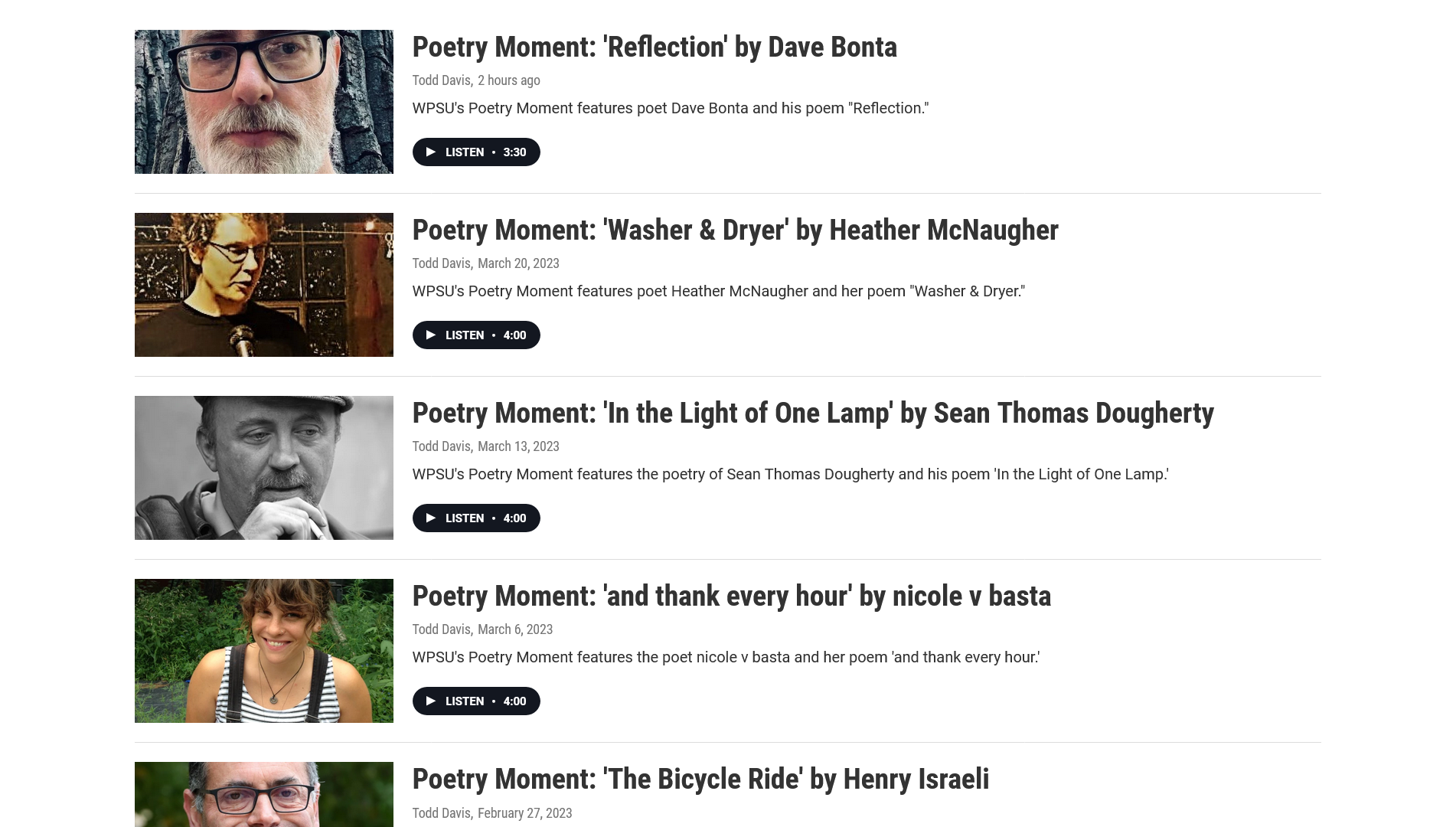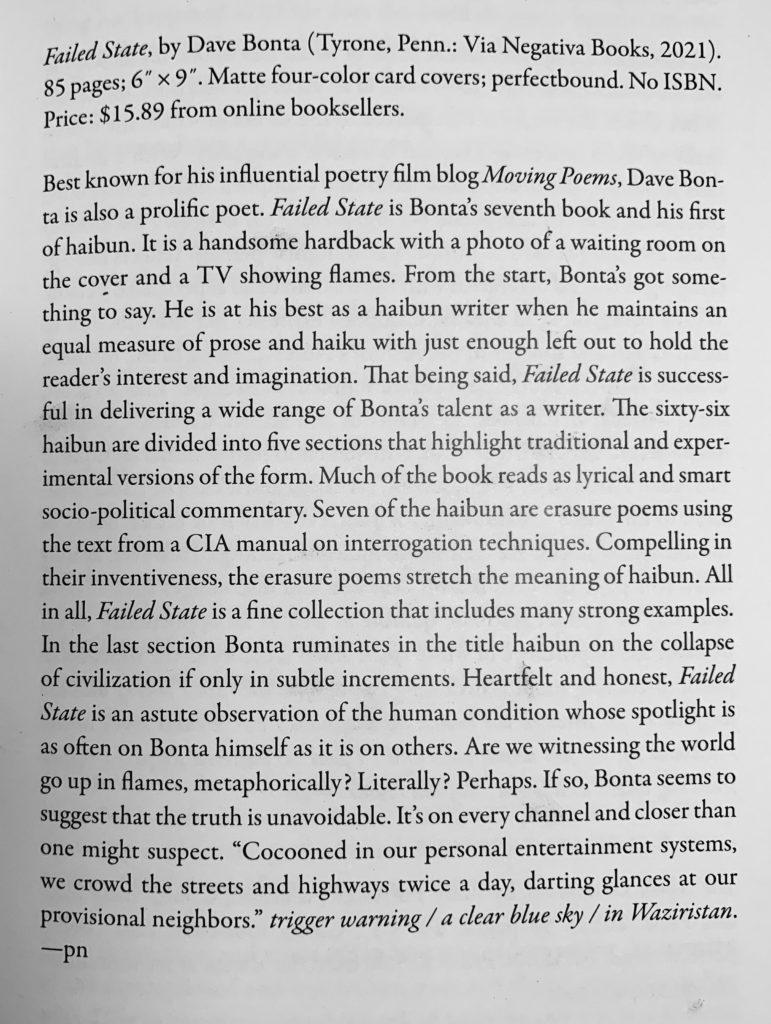I was recently honored to have a poem of mine selected for an ekphrastic, geographically-themed book-arts project called Uncharted Territories, in cooperation with the Hunterdon Art Museum in New Jersey. If you are in any position to make charitable donations, the group behind it has launched a fundraising campaign to cover printing, binding, etc., including honorariums to artists and poets. Here’s the prospectus:
Steamroller Group, in collaboration with the HUNTERDON ART MUSEUM and RIVER UNION STAGE invites a living dialogue among poets, printmakers and book artists in service of creating artwork that speaks to the relevant issues of our time. This project, the first in a proposed series, will incorporate imagery created by artists responding to the written word, using a variety of traditional printmaking techniques. Broadsides will be handbound into a limited-edition artist book and exhibited in a group exhibition at the Hunterdon Art Museum in Clinton, NJ.
THEME:
“Maps have been one of the most important human inventions for millennia, allowing humans to explain and navigate their way through the world.” History of Cartography – Wikipedia
From the earliest maps carved into tusks and bones or painted on cave walls to Google Earth, maps have provided a guide to understand the physical world we inhabit. In recent years, as social media replaces journalism, physical maps have been replaced by navigation apps. Often, we have no idea where our bodies are located on this planet or what direction we are facing at any given moment. We now rely on a disembodied voice to tell us where to drive and when to turn. The big picture is obscured. We have once again become flat earthers. If you do not know where you are, how do you find your way? Can we find direction without a firm relationship with the ground on which we stand? Is our physical body relevant when most information is created by unknown or invented sources? Have we given up on self-navigation as we move through this ever-complicated world? Do we rely solely on technology to free us from the burden of charting our own territory?
PART I: POETRY
Steamroller Group has collaborated with Vasiliki Katsarou to curate a collection of 20 poems that explore ideas of navigation, being lost, being found.
PART II: PRINTS
Steamroller Group invites you to create a print in response to one of the selected poems. Each artist will be given one poem and is free to determine how that poem is visually interpreted. The artist will be responsible for producing an edition of 80 prints using traditional printmaking methods to fit into an allotted 9.5” x 8.5” space on the 9.5” x 13” paper provided. The artist may work alone or with a team / printshop to assist in printing their edition. (The artist will not be responsible for placing the text of the poem inside their graphic—the poem will be printed by the Steamroller Group via letterpress on the face of the broadside after the artist completes their edition.) There will be a kick-off event at HAM in June 2025 for the artist to collect the paper and one of the curated poems.
PART III: THE BOOK
Part III will entail the binding of the prints and poems into a limited-edition collaborative artist book using the individual broadsides of print and poetry. This will be done by Steamroller Group. Digital versions may be created and available for online purchasing.
The project will culminate with an exhibition of broadsides at HAM, Summer 2026.
Click through for the list of participating poets and artists.
Thanks in advance if you’re able to help out (and no worries if not — I can’t afford to donate myself).
